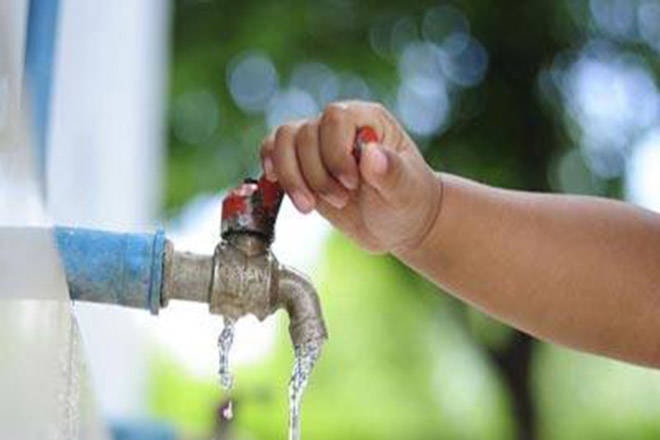Water utilities across the Okanagan no longer consider drought this summer as a potential concern.
It has become an annual reality, one that has pushed the Okanagan Basin Water Board to pull together water users, water suppliers and First Nations to develop a drought response communication and response coordination strategy.
While precipitation levels in May and June will have a big say in the drought conditions this summer, seeing the snowpack registered now at 72 per cent of normal has caught the attention of water management officials.
Last year at this time, that figure was 130 per cent above normal.
“It is a different ballgame this year seeing the current snowpack level,” said Kellie Garcia, policy and planning specialist with the Okanagan Basin Water Board.
“We have also seen the freshet melt anywhere from two to four weeks ahead of schedule as well. Accumulated snowpack is a key factor but May and June remain the clinchers in terms of how much rain we get and how that impacts drought conditions.”
Garcia said the need to better coordinate a water management response to drought peaked in 2015 when the province and water suppliers were sending out mixed messages which generated confusion.
She said the province alerted the public that drought conditions had reached a level 4 response status, while some Okanagan water suppliers were still operating at a level 1.
That year, Anna Warwick Sears, executive director of the OKWB, took the initiative to begin establishing a drought management communication link with various water suppliers across the region, which led to Garcia being hired in 2016 to formalize a drought response strategy.
“It started with sending emails to about 12 different groups and that email distribution list just kept growing.”
Garcia said communication poses challenges given the diversity of water suppliers across the valley, and the differences between suppliers who generate water supply collected from storage reservoirs in the highlands and others that rely on groundwater aquifers and Okanagan Lake.
“A lot of the valley has not been severely impacted by drought as the water suppliers have done an excellent job of managing water carefully throughout the summer, but the fact is we live in an arid climate,” Garcia said.
“We need to think about efficient use of our water every year, even even it might seem like we have a lot of it.”
Part of the strategy has been for the Thompson-Okanagan Drought Response Team, a group of provincial water, fisheries and environment management experts, to include more local representation to share information.
Along with the OKWB, also included in the team conferences are Greater Vernon Water, a Grand Forks water stewardship group and local First Nations.
“Participating on those calls is very helpful because the provincial government people have been super transparent with us, and we can offer more detailed information then what they otherwise would be limited to generating from their own stream monitoring and snowpack test sites,” Garcia said.
She said the valley offers the potential for floods, drought and wildfires to all occur within the same time period.
“That is what happened in the South Okanagan last year and even the year before,” Garcia noted. “There are still some areas in a state of emergency because of the high water table situation.”
